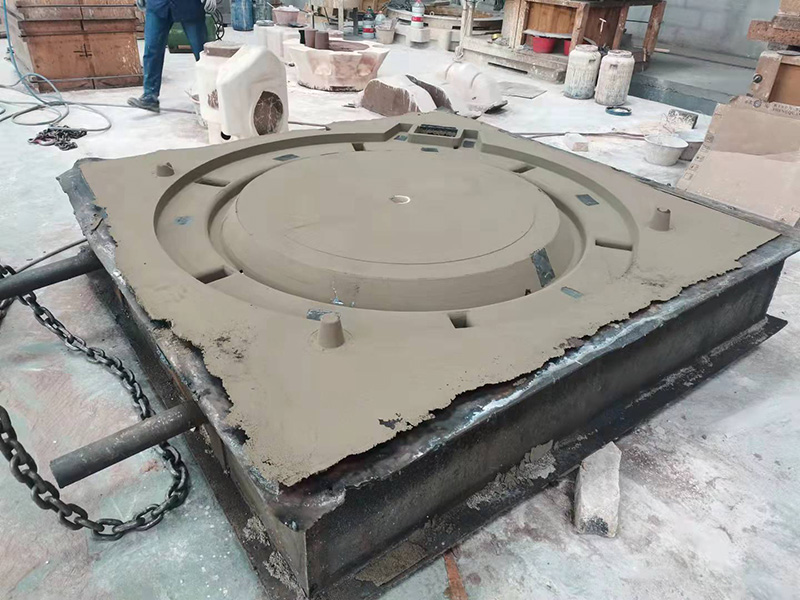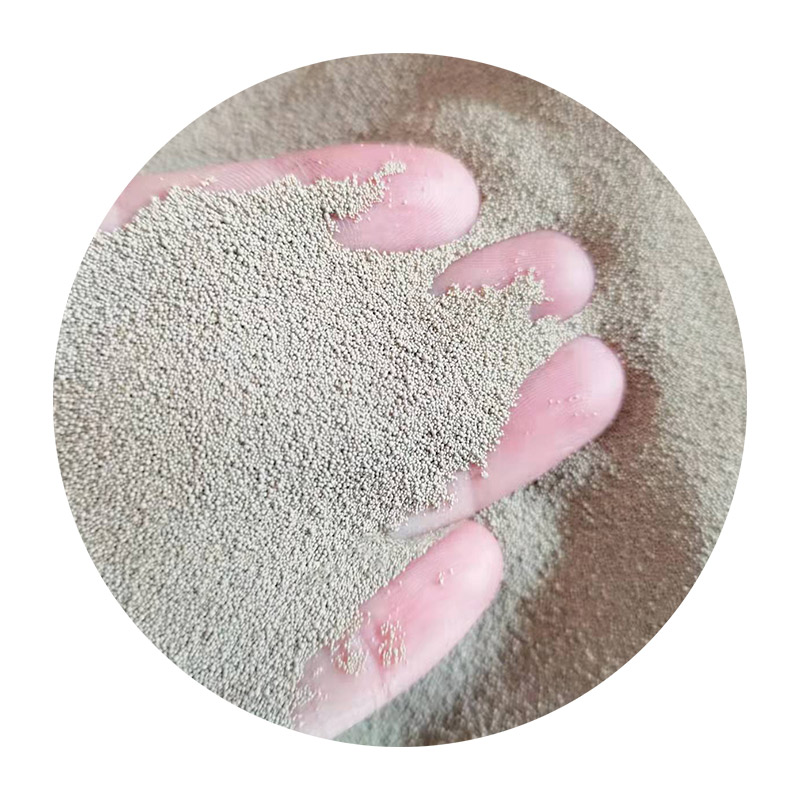

From an expertise standpoint, the choice between these two methods also involves an assessment of the thermal properties and mechanical strengths required of the final product. Die casting excels in scenarios where lightweight, non-ferrous metals like aluminum, magnesium, and zinc are preferable due to their superior surface finish and reduced weight. However, sand casting comes into its own in applications demanding robust mechanical properties and where the weight of the end product is less of a concern, such as in large industrial parts. The efficiency metrics associated with each methodology further differentiate their applications. Die casting's rapid production rates can lead to significant cost savings in mass production, though the initial tooling costs are higher due to the permanent nature of the steel molds. Sand casting, while slower and potentially introducing higher per-unit costs, dramatically cuts initial mold costs and is better suited for pilot runs, custom orders, or parts that are too large for die casting capabilities. Trust in the chosen casting process also pertains to understanding the environmental and operational impacts of each. Die casting, for instance, tends to generate less waste material, as excess material can often be recycled directly into the process. Sand casting, while creating more waste due to the use of sand molds, offers opportunities for sustainable practices via sand reclamation, thus promoting environmental responsibility. In conclusion, the decision between die casting and sand casting hinges on a thorough assessment of production needs, including volume requirements, budget constraints, material specifications, and the complexity of the desired products. Manufacturers need to leverage a clear understanding of each method's strengths and limitations to tailor their approach optimally, ensuring both quality and cost-efficiency. This level of discernment not only enhances product outcomes but also fortifies a manufacturer's reputation for delivering reliable and advanced solutions in a competitive marketplace. Post time:Фев . 15, 2025 00:10
Next:describe sand casting process
